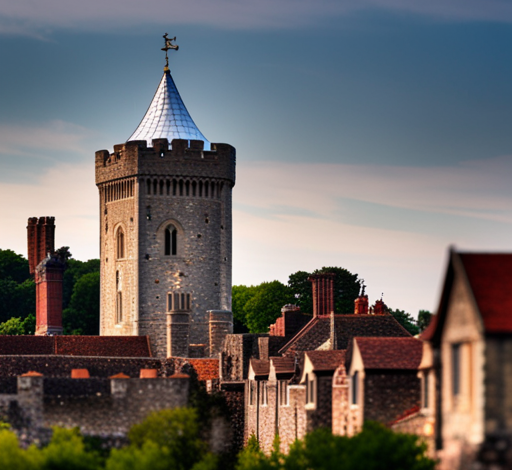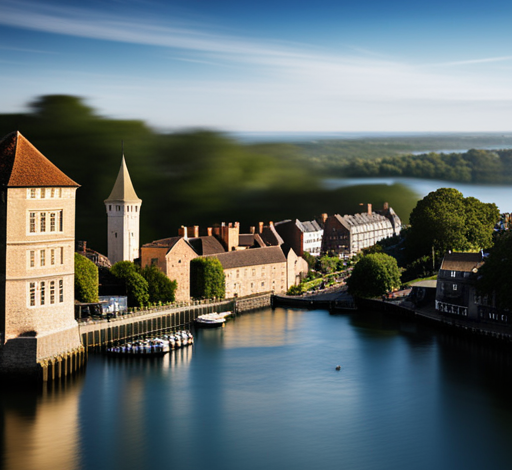
Unraveling the Norman Influence on Southamptons Medieval Development
In this article, you’ll delve into the rich history of Southampton and discover the profound impact the Normans had on its medieval development.
From the arrival of the Normans to the influence on architecture, economy, trade, and social fabric, you’ll explore how Southampton transformed under their rule.
By unraveling the Norman influence, you’ll gain a deeper understanding of the city’s fascinating past and the lasting legacy left by these medieval conquerors.
The Arrival of the Normans in Southampton

You can see the impact of the Normans in Southampton through the changes they brought to the city’s architecture and governance. When the Normans arrived in Southampton in the 11th century, they immediately set about transforming the city. They constructed impressive fortifications, such as the Norman House and the Bargate, which still stand today as reminders of their influence. These buildings showcased the Norman style of architecture, characterized by thick walls, rounded arches, and decorative details.
In addition to their architectural contributions, the Normans also introduced a new system of governance to Southampton. They established a centralized authority, led by a Lord or a Mayor, who oversaw the administration of the city and ensured its protection.
Through their architectural achievements and administrative reforms, the Normans left an indelible mark on Southampton’s medieval development.
Norman Architecture and Its Impact on Southampton

You’ll find that Norman architecture had a significant impact on the development of Southampton during this period.
The Normans brought with them a distinct architectural style characterized by its strength and grandeur. They introduced new building techniques and materials, such as stone, which allowed for the construction of larger and more imposing structures.
The Norman influence can be seen in the construction of Southampton Castle, which was built in the 12th century and served as a symbol of Norman power and authority. The castle’s sturdy stone walls and imposing keep were a testament to the Normans’ military prowess.
Additionally, Norman architectural features can be found in several churches and manor houses in Southampton, showcasing their influence on the religious and social aspects of medieval life.
Overall, the introduction of Norman architecture transformed the landscape of Southampton, leaving a lasting impact on its development.
Norman Influence on Southampton’s Economy and Trade
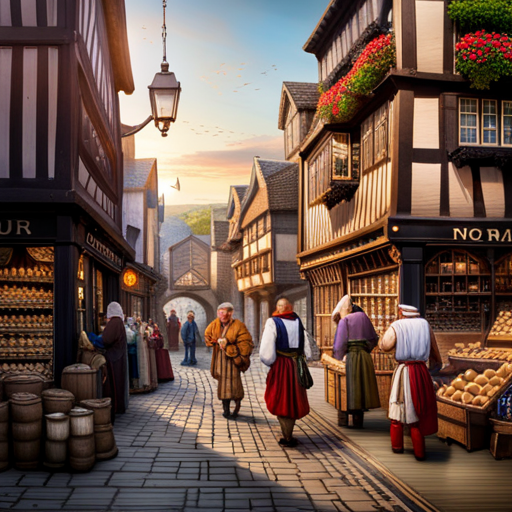
As you explore Southampton’s history, you’ll discover that the Norman presence had a profound impact on the city’s economy and trade.
After the Norman Conquest in 1066, Southampton became a key port for trade and commerce. The Normans recognized the strategic location of the city, situated at the head of Southampton Water, which provided easy access to the English Channel. They invested heavily in developing the port, building stone quays, warehouses, and a castle, all of which facilitated the growth of maritime trade.
Southampton soon became a hub for the export of wool, wine, and other goods, attracting merchants and traders from across Europe. The Normans also introduced new agricultural practices, such as the enclosure of land and the cultivation of new crops, which further stimulated economic development in the region.
Overall, the Norman influence on Southampton’s economy and trade laid the foundation for its future prosperity as a trading center.
The Norman Influence on Southampton’s Social and Cultural Fabric
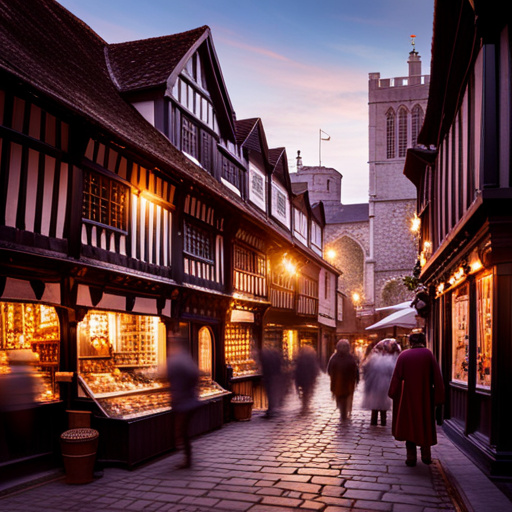
Immerse yourself in Southampton’s social and cultural fabric, shaped significantly by the Norman presence in the city. The Normans brought with them their own customs and traditions, which blended with the existing Anglo-Saxon culture to create a unique and vibrant society.
One of the most notable influences of the Normans was the construction of impressive stone buildings, such as the city walls and the Norman House. These structures not only provided defense but also served as centers of power and governance.
Additionally, the Normans introduced new culinary techniques and ingredients, adding richness and variety to the local cuisine. They also had a profound impact on the arts, with the introduction of Norman architecture and religious art.
The Norman influence on Southampton’s social and cultural fabric can still be seen and appreciated today, making it a fascinating destination for history enthusiasts.
Southampton’s Governance Under Norman Rule
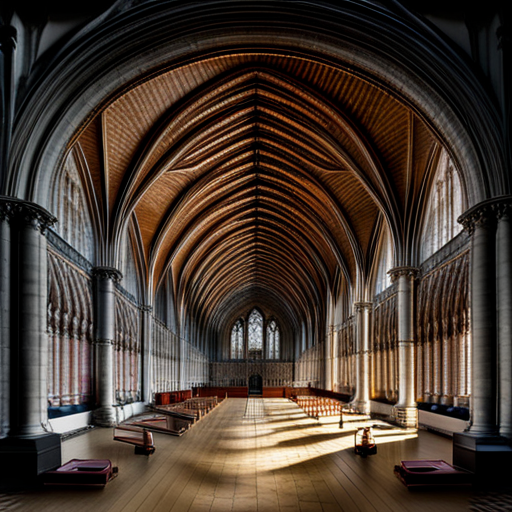
Discover how the Norman rule in Southampton shaped the city’s governance during this period.
Under Norman rule, Southampton underwent significant changes in its governance structure. The Normans introduced a centralized administration system, which included the appointment of a mayor and the establishment of a town council. This allowed for better coordination and decision-making within the city.
The Normans also implemented new laws and regulations to maintain order and control. They introduced a system of royal charters, granting privileges and rights to the city.
Additionally, the Normans constructed a castle in Southampton, which served as a symbol of their authority and a center of power. This castle played a crucial role in the defense and protection of the city.
Overall, the Norman rule in Southampton had a profound impact on the city’s governance, shaping its structure and laying the foundation for future developments.
Conclusion
In conclusion, the Norman influence on Southampton’s medieval development was profound and far-reaching. The arrival of the Normans brought about significant changes in architecture, economy, trade, and social and cultural fabric of the city.
The governance under Norman rule further shaped Southampton’s trajectory. Overall, the Normans left an indelible mark on the city’s development, contributing to its growth and transformation during the medieval period.
Their influence can still be seen and appreciated in Southampton’s architectural landmarks and historical significance.


